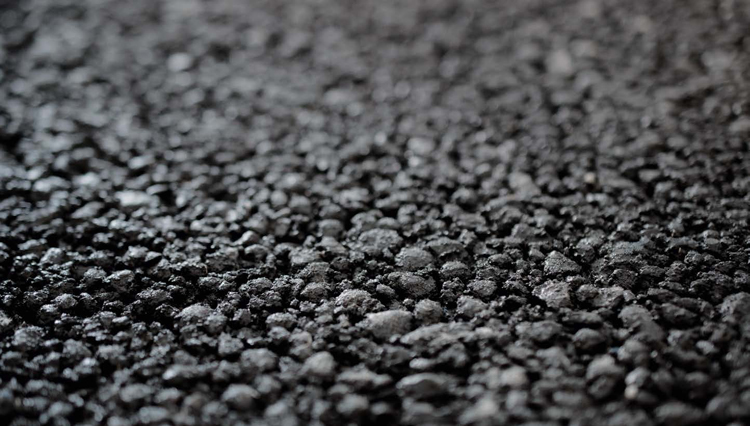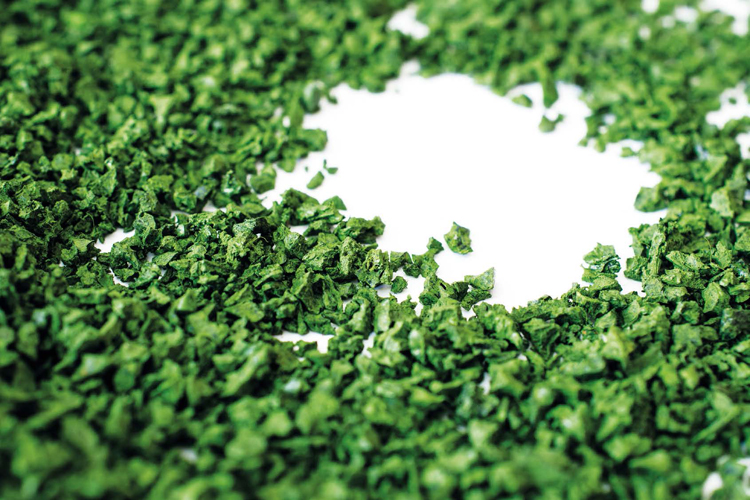It is all very well to talk about sustainability reports. But not all reports are equal. One thing is carefully choosing some data (perhaps overshadowing the less palatable ones) to use them skilfully at the communication table and quite another is handing over one’s papers to an independent third party, relinquishing any kind of filter. The latter has been the choice adopted by Ecopneus, a non-profit limited liability consortium made of tyre producers and importers whose aim is to guarantee collection, recovery and treatment of end-of life tyres.
“We went down the road of total transparency” points out Giovanni Corbetta, Ecopneus managing director. “We handed over the keys of our records to the analysts of Foundation for Sustainable Development (FSP) so that they could draw their report independently.” The transparency choice is an important element helping us to understand Ecopneus’ philosophy, a limited liability consortium managing over 65% of ELTs in Italy. Indeed, the new report does not merely show the company’s environmental performance. And it does not only operate within a circular economy rationale according to which the consortium must comply with the law by guaranteeing the recovery of ELTs in the most efficient manner. On the contrary, the report describes a green strategy in its own right, aiming at building a sustainable production supply chain from an economic, social and environmental viewpoint. “Our final goal” Corbetta explains, “goes beyond the solution of a problem and the ‘disposal’ of ELTs. The idea is to generate an industry that creates sustainable jobs, knowledge and products, contributing to the sustainability of the national economic system”.
 In order to understand what we are talking about we need to take a step backward and remind ourselves that the iron and steel industry as well as other sectors have been using scrap and waste since Etruscan times. But this is not enough since steel scrap is a noble product, with its own market value that gives it access to the production chain in its own right. While the plastic, paper and glass sectors have been going in this direction for quite some time, it has not been the case for the tyre industry. Only since September 2011, with the introduction of the Extended Producer Responsibility, which Ecopneus adopted fully, the exploitation of ELTs has been planned in a systematic way. So, ELTs have become precious matter to exploit as secondary raw material, as opposed to waste.
In order to understand what we are talking about we need to take a step backward and remind ourselves that the iron and steel industry as well as other sectors have been using scrap and waste since Etruscan times. But this is not enough since steel scrap is a noble product, with its own market value that gives it access to the production chain in its own right. While the plastic, paper and glass sectors have been going in this direction for quite some time, it has not been the case for the tyre industry. Only since September 2011, with the introduction of the Extended Producer Responsibility, which Ecopneus adopted fully, the exploitation of ELTs has been planned in a systematic way. So, ELTs have become precious matter to exploit as secondary raw material, as opposed to waste.
Perhaps it is appropriate to stress how the main results highlighted in the Ecopneus’ Sustainability Report, albeit positive, must be assessed against a bigger picture. But first of all let us consider data. In 2014, Ecopneus collected over 255,000 tons of ELTs, equivalent in weight to over 28 million car tyres from over 27,000 tyre dealers and other operators in the “replacement” sector: 165,000 tons (64%) have been sent for energy valorisation and a little over 91,000 tons, equal to 36%, have been used to recover matter. But there is more to it. In the report, it emerges that if steel, oxides and ashes that after energy recovery return to steel plants or are used as components for cement are taken into account, the recovery of matter soars to 59% and that of energy accounts for 41%, including textile fibres that after tyre crushing to obtain granules or rubber powder are sent to energy valorisation plants.
As Corbetta points out, Ecopneus, while favouring matter recovery, it also sends the bigger-sized pieces from the tyre crushing process to cement factories that use them as alternative fuel. This energy source replaces fossil fuels such as coke. However, the 2014 environmental balance sheet is broadly positive: 344,000 tons of CO2 equivalent prevented, 377,000 tons of raw materials and 1.8 million litres of water saved.

Anyhow, Ecopneus, in line with the European Union targets, promotes the recovery of matter really hard. It’s no coincidence that the EU requires that by 2020 two thirds of recovered ELTs be sent to matter recovery and the remaining one third to energy recovery, thus reversing the current figures. Against this backdrop, as it emerges from the report, one of the strong points of the system is the “network of partners all over Italy” collaborating with Ecopneus through “contracts for the supply of services”. A supply chain made of “operators in the sector of crushing and logistics selected through public tenders through an IT platform and based on advanced management and technical prerequisites that are constantly ameliorated”. In this regard, the report continues, “environmental sustainability is a strategic component constantly integrated into every business choice”.
As a matter of fact, Ecopneus goes well beyond what is required by law. A behaviour that does not serve economic purposes, but rather an ethic code. For example, in 2014, Ecopneus exceeded by 13% the collection target required by law. If it were a business company, this would be a positive result and would be accompanied by considerable revenue. But this is not the case for Ecopneus. Let’s have a look at why. By law, the consortium must guarantee a collection equal to the number of new tyres put on the market by its members the year before the collection and the revenue is calculated on this, which stays the same even if a higher number of tyres is collected. In 2014, the target established by law was of about 222,000 tons while 255,000 were actually collected. Such result was achieved thanks to a widespread network and good management of the collection enabling a recovery of 30,000 tons of ELTs in excess of the legal requirement.

Ecopneus’ green strategy emerges also in the recovery and reuse of ELTs. So, between 2013 and 2015, the consortium invested over €14 million in projects and activities supporting the market and companies of rubber products and applications of ELTs. Target: to improve the knowledge of a material whose technical characteristic and possible applications are often ignored. The drafters of the reports add: “The asphalt rubber surfaces for example, are obtained by mixing bitumen and traditional conglomerates with ELTs rubber powder. They are extremely long lasting and with a high performance and despite their popularity in other countries are still very much frowned upon by experts in the field. This problem can be overcome with experimentations at local level”.
“Ecopneus in Italy” comments Corbetta, “is working really hard – this is partly required by law from consortia and partly by our strategic approach, to support the development of a circular economy, to open up new markets and applications for products, granules and rubber powders, derived from ELTs recycling. Meanwhile we are trying to steer the supply chain towards social and environmental sustainability, helping the companies within our network to monitor, optimize and reduce consumption, to improve the quantity of products and their placing on the market, to represent even from an employment viewpoint a healthy supply chain”.
As to Ecopneus’ figures, two strategic elements have emerged from the report. The first one is about the benefits for Italy: €105 million, thanks to the reduction of demand of virgin raw materials, over 90% of which is linked to the recovery of rubber. As for the second, “the management of resources supporting the system”, the report shows that “Ecopneus works with the utmost thoroughness and transparency: in 2014, the distributed economic value was €66.7 million, 90% of which distributed to the companies in the sector for their collection, transport and treatment services of ELT’s”.


